Punjab Green Hydrogen Policy
<p>The Punjab Energy Development Agency has released a draft green hydrogen policy aiming to achieve a green hydrogen and ammonia production capacity of 100 kilo tonnes per annum by 2030. The policy proposes
<p>The Punjab Energy Development Agency has released a draft green hydrogen policy aiming to achieve a green hydrogen and ammonia production capacity of 100 kilo tonnes per annum by 2030. The policy proposes
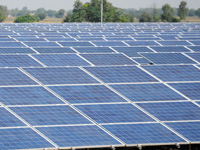
NEW DELHI: India has achieved 20 gw (giga watt) cumulative solar capacity, achieving the milestone four years ahead of the target for 2022 originally set in the National Solar Mission. The achievement

Ahmedabad: A three-day international conference on nano materials for energy conversion and storage applications will begin on Monday at PDP university in Gandhinagar which will see solar energy experts
Chile has emerged as a world-class destination for solar and wind energy developers, according to the International Energy Agency’s latest review of the country’s energy policies. Chile’s energy sector

Nine companies submit Letters of Intentions for solar projects In order to kick-start fund mobilisation under the International Solar Alliance (ISA), the central government will set up a $350-million
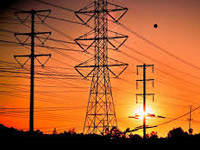
Capacity utilisation of thermal power plants remained subdued in April-December period this fiscal at 59.7 per cent even as the electricity demand grew at 5.8 per cent, rating agency Icra said. The
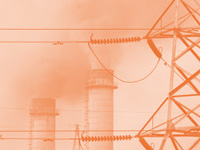
Power procurement cost is likely to increase by around nine paise or 2-4% per unit as Coal India Limited (CIL) has raised non-cooking coal or thermal coal prices. Starting January 9, thermal grade coal
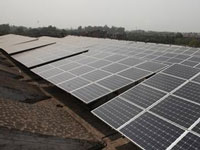
Solar power tariff fall seems to have bottomed out and may not drop beyond an all-time low of Rs 2.44 per unit in absence of well structured bids and rising solar panel prices on demand pressure. The
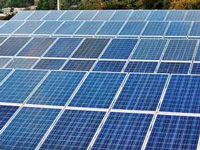
India, the largest buyer of solar equipment from neighboring China, is considering a 7.5 percent tax on imported solar panels, according to government officials with knowledge of the situation. Such
Energy consumption in Southeast Asia has doubled in just over two decades. With annual economic growth exceeding 4%, the region can expect energy demand to rise further in the years ahead. This regional
This book aims to consolidate and advance debates on European and global energy poverty by exploring the political and infrastructural drivers and implications of the condition across a variety of spatial